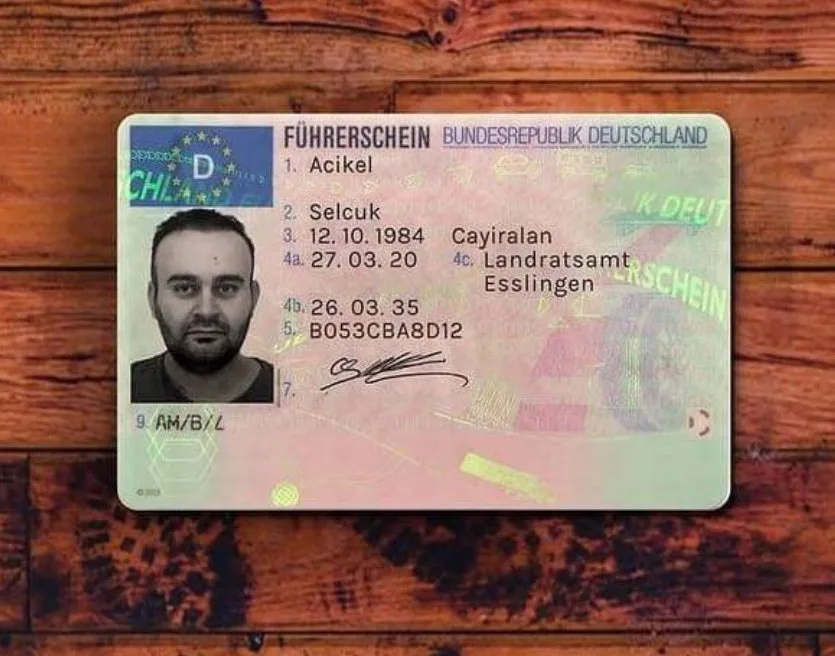Discovering to Drive Without a Test: Exploring Alternative Paths in Driver Education
In an age where benefit and development dominate the landscape of education and skills acquisition, the standard design of learning to drive-- finishing an extensive test to earn a driver's license-- has actually come under analysis. For numerous, the procedure of supporting the wheel, studying hard, and passing both a composed and practical driving test can be intimidating. Nevertheless, emerging trends and alternative methods to driver education suggest that there may be methods to discover to drive without feeling the pressure of a formal testing environment.
Comprehending deutsche fahrerlaubnis kaufen , making a driver's license needs potential chauffeurs to go through a series of tests created to evaluate knowledge and practical skills. These consist of:
Written Test: This evaluates understanding of the guidelines of the roadway, traffic signals, and safe driving practices.
Practical Driving Test: Applicants need to show their capability to run a car securely and in accordance with traffic laws.
While deutsche fahrerlaubnis kaufen makes sure that all chauffeurs fulfill a minimum standard of competence, it can be a source of stress for lots of students. The fear of failure, combined with the logistics and cost connected with testing, can hinder individuals from getting their license altogether.
Alternative Methods of Learning to Drive
Driving School Innovations: Many driving schools have actually started to provide more tailored education programs that enable students to discover at their own rate. These programs often include individually direction with accredited driving instructors who concentrate on structure confidence rather than pressuring students to pass a test. Some contemporary driving schools even incorporate online modules where learners can study the guidelines of the roadway in a more relaxed setting before entering the car.
Simulated Driving Experiences: Advances in technology have caused the creation of sophisticated driving simulators. These can offer valuable experience without the danger of accidents. Learners can practice their skills in various weather, traffic circumstances, and driving situations that they might not encounter in normal driving classes. This hands-on method to learning can enhance a student's competence and confidence behind the wheel.
Peer-to-Peer Learning: Informal driving practice with friends or family members can likewise serve as a practical alternative to traditional approaches. While this method does not entirely remove the need for official testing, it permits individuals to acquire convenience and experience behind the wheel without the anxiety of a main assessment. please click the next webpage or buddies can provide guidance and feedback, making the learning procedure less intimidating and more encouraging.
Versatile State Regulations: Some areas are beginning to reevaluate their mandatory testing policies, especially for particular demographics, such as veterans or individuals with specials needs. These modifications reflect a growing acknowledgment that life experiences and driving habits may not always align with conventional testing standards. Advocacy for a more holistic technique to evaluating driving proficiency is ending up being a topic of discussion in many legal circles.
Private Certifications: In particular locations, people might explore alternatives that focus more on mentorship and much safer driving behavior instead of conventional tests. Accreditation through community programs or recognized organizations that back experiential knowing could motivate safe driving while bypassing the basic testing route.

The Benefits and Drawbacks
While learning to drive without a formal test uses many prospective benefits-- such as decreasing stress, promoting a more inclusive environment for students, and focusing on competence over testing stress and anxiety-- it also raises concerns. Critics argue that eliminating formal evaluations might lead to disparities in driver preparedness, possibly compromising road safety.
Moreover, traditional testing serves not just as an examination of abilities, however as a standardized criteria that ensures all drivers possess the required understanding to browse the roads safely.
Conclusion
The landscape of driver education is developing. As alternative approaches of discovering to drive gain traction, striking a balance between flexibility and safety is paramount. While it is clear that there are opportunities for discovering to drive without the pressure of a formal test, ensuring that all motorists preserve a high requirement of security should stay a priority. In the future, we might see more tailored methods to driver education that accommodate different discovering designs, ultimately leading to much safer, more positive chauffeurs on our roads.
